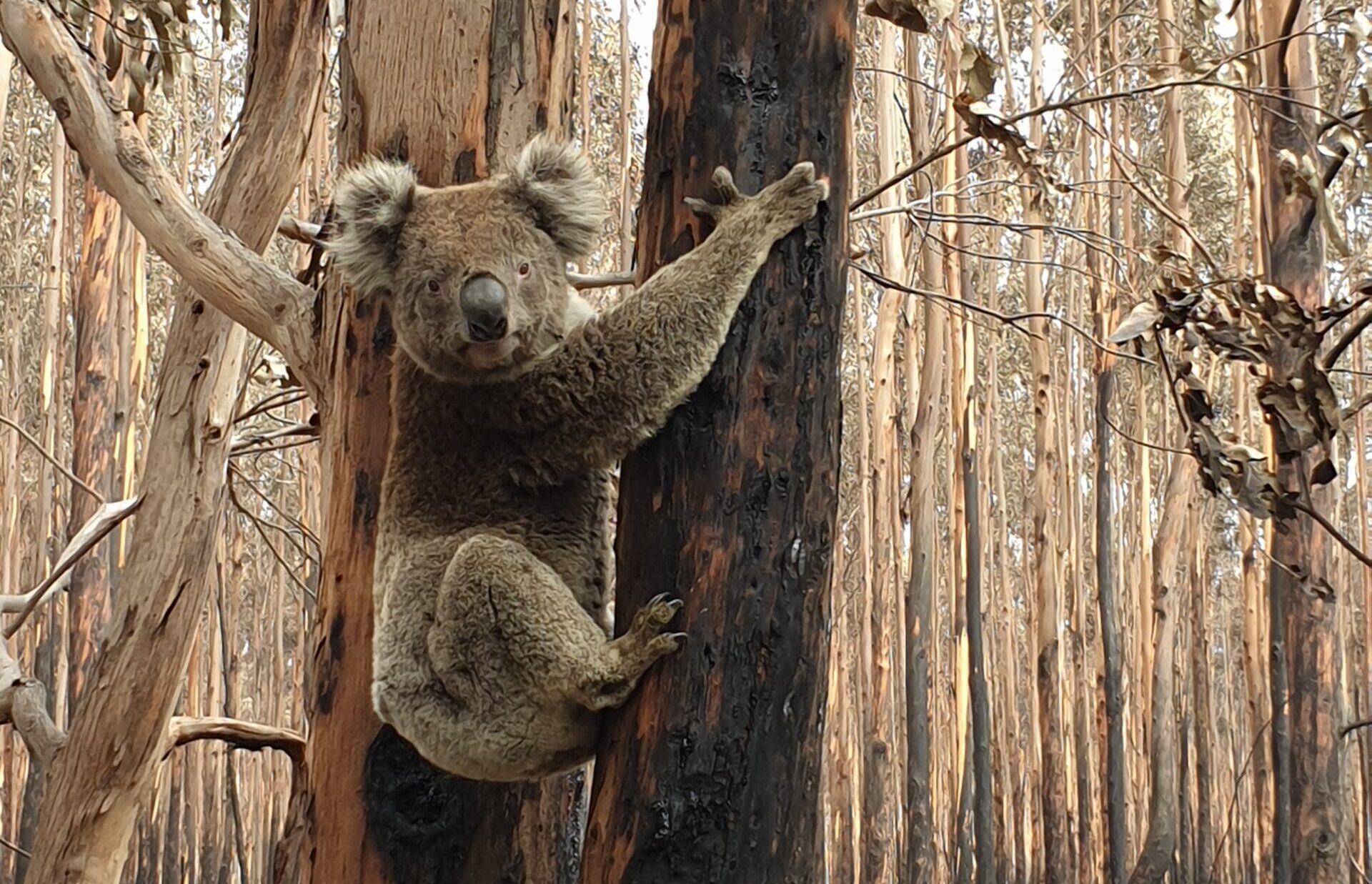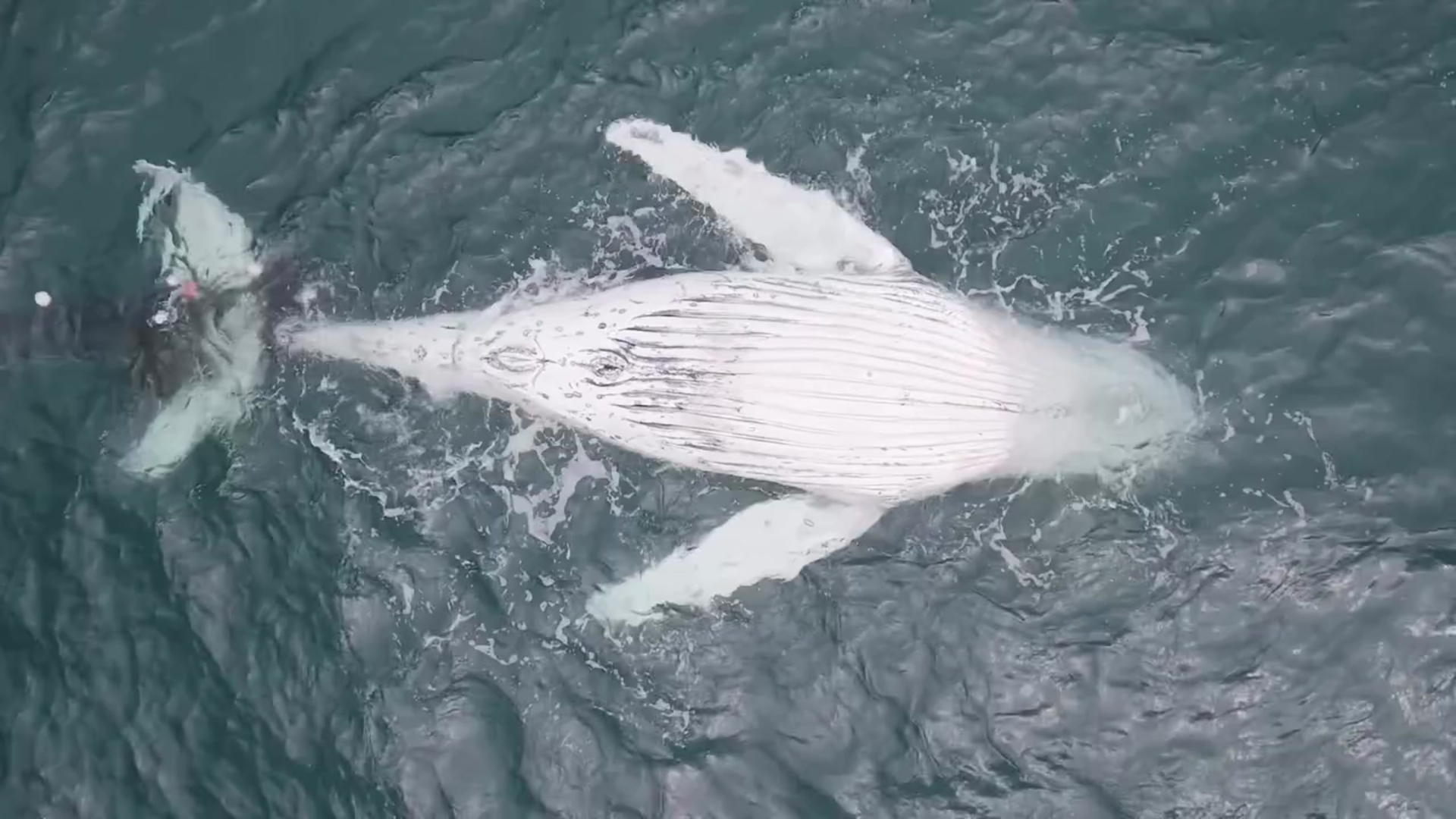Humane World for Animals Australia says risks to nature outweigh the gains in long anticipated reforms to Australia’s nature laws, tabled in parliament today. Having previewed the amendments to the Environment Protection and Biodiversity Conservation (EPBC) Act tabled today, Humane World for Animals Australia’s Director, Campaigns, Nicola Beynon says the...
Australia is home to an abundance of distinctive plant and animal species. Our geography and climate has allowed many iconic plants and animals to flourish, but sadly we have a miserable track record of caring for our unique nature.
Since European settlement we have left 92 species extinctions in our wake. Each of these species was one of a kind and is gone forever.
What follows is a full list of all 55 fauna species, and 37 flora species that have been declared extinct since European settlement:
|
Fauna |
Flora |
|
Southern Gastric-brooding Frog |
Acacia kingiana |
|
Northern Gastric-brooding Frog, Eungella Gastric-brooding Frog |
Diels’ Wattle |
|
Sharp-snouted Day Frog, Sharp-snouted Torrent Frog |
Acianthus ledwardii |
|
Southern Day Frog, Mt Glorious Torrent Frog |
Amperea xiphoclada var. pedicellata |
|
Tasman Starling |
Amphibromus whitei |
|
Lord Howe White-throated Pigeon, White-throated Pigeon (Lord Howe Island) |
Short Spider-orchid |
|
Macquarie Island Red-fronted Parakeet, Red-crowned Parakeet (Macquarie Island) |
Hidden Coleanthera |
|
Lord Howe Tasman Parakeet, Red-crowned Parakeet (Lord Howe Island) |
Deyeuxia lawrencei |
|
Rufous Bristlebird (western), South-western Rufous Bristlebird |
Didymoglossum exiguum |
|
King Island Emu |
Diuris bracteata |
|
Kangaroo Island Emu |
subshrub |
|
Tasmanian Emu, Emu (Tasmanian) |
Decurrent-leaved Frankenia |
|
Lord Howe Gerygone, Lord Howe Warbler |
Water Tassel-fern |
|
New Zealand Pigeon (Norfolk Island race), Norfolk Island New Zealand Pigeon |
Hymenophyllum lobbii |
|
Macquarie Island Buff-banded Rail, Buff-banded Rail (Macquarie Island) |
Hymenophyllum whitei |
|
Norfolk Island Long-tailed Triller |
Lemmaphyllum accedens |
|
Western Australian Lewin’s Rail, Lewin’s Rail (western) |
Drummond’s Lepidium |
|
Norfolk Island Kaka |
Small-flowered Leucopogon |
|
Lord Howe Southern Boobook, Lord Howe Boobook Owl |
Lycopodium volubile |
|
White Gallinule |
Marsdenia araujacea |
|
Paradise Parrot |
Grass Fern |
|
Lord Howe Grey Fantail, Grey Fantail (Lord Howe Island) |
Daintree’s River Banana |
|
Grey-headed Blackbird, Norfolk Island Thrush |
Myriocephalus nudus |
|
Lord Howe Thrush, Vinous-tinted Thrush |
Olearia oliganthema |
|
White-chested White-eye, Norfolk Island Silvereye |
Esperance Dog Weed |
|
Robust White-eye |
Clubmoss Everlasting, Table Mountain Daisy Bush |
|
Eastern Bettong (mainland), Eastern Rat-kangaroo |
Paspalum batianoffii |
|
Boodie (inland), Burrowing Bettong (inland) |
Persoonia laxa |
|
Brush-tailed Bettong (central and south-east), Brush-tailed Bettong (south-east mainland) |
Persoonia prostrata |
|
Desert Rat-kangaroo |
Maiden’s Bush-pea |
|
Pig-footed Bandicoot, Kanjilpa, Wilalya |
Grey Groundsel |
|
White-footed Rabbit-rat, Parroo, White-footed Tree-rat |
Bridal Flower |
|
Kuluwarri, Central Hare-wallaby |
Cronin’s Tetratheca |
|
Rufous Hare-wallaby (south-western), Woorap |
Mt Holland Thomasia |
|
Eastern Hare-wallaby |
Tmesipteris lanceolata |
|
Banded Hare-wallaby (mainland) |
Trianthema cypseleoides |
|
Lesser Stick-nest Rat,Tjooyalpi, White-tailed Stick-nest Rat |
Bennett’s Seaweed |
|
Yallara, Lesser Bilby, Djoonpi |
|
|
Bramble Cay Melomys |
|
|
Toolache Wallaby |
|
|
Short-tailed Hopping-mouse, Yoontoo |
|
|
Long-tailed Hopping-mouse, Koolawa, Talamba |
|
|
Large-eared Hopping-mouse, Noompa, Big -eared Hopping-mouse |
|
|
Darling Downs Hopping-mouse, Payi |
|
|
Lord Howe Long-eared Bat, Lord Howe Island Bat |
|
|
Crescent Nailtail Wallaby, Tjawalpa, Wurrung |
|
|
Western Barred Bandicoot (eastern), Liverpool Plains Striped Bandicoot |
|
|
Desert Bandicoot, Walilya |
|
|
Broad-faced Potoroo, Moda |
|
|
Gould’s Mouse, Koontin |
|
|
Maclear’s Rat, Christmas Island Rat |
|
|
Bulldog Rat, Christmas Island Burrowing Rat |
|
|
Thylacine, Tasmanian Tiger |
|
|
Lake Pedder Earthworm |
|
|
Pedder Galaxias |
|
Unfortunately, our rate of extinction shows no signs of slowing down. The IUCN (International Union for the Conservation of Nature) recently added 7,000+ species to its Red List of Threatened Species. This list now totals 28,338, which is 27% of the species assessed and includes 501 Australian species.
These 501 Australian species face a very real risk of extinction if action is not taken to stop this crisis in its tracks. However, unlike their 92 extinct counterparts, it still isn’t too late for many of these beautiful native plants and animals.
During the final months of 2019, our federal environment legislation, the Environment Protection and Biodiversity Conservation Act 1999 (EPBC Act), is up for a full review. It is critical that this review results in a strengthening of protections for our environment, instead of an erosion in favour of the big corporate donors to the political parties.
This review is an opportunity to turn things around for our native wildlife. With your support, HSI will be fighting to make sure our incredible biodiversity is preserved.
Please take action to help protect our native species from extinction.
Erica Martin is the CEO of Humane Society International Australia. Erica joined HSI in 2017 after working for the International Fund for Animal Welfare (IFAW) as the Vice President of Global Communications based in the USA. Prior to that she was the Regional Director for IFAW Asia Pacific, based in Sydney. Erica also has a wealth of experience in government relations having previously worked for the Australian Federal Government as Director of Communications for the then Department of Communications, Information Technology and the Arts in Canberra.
Image credit: World Life Expectancy


